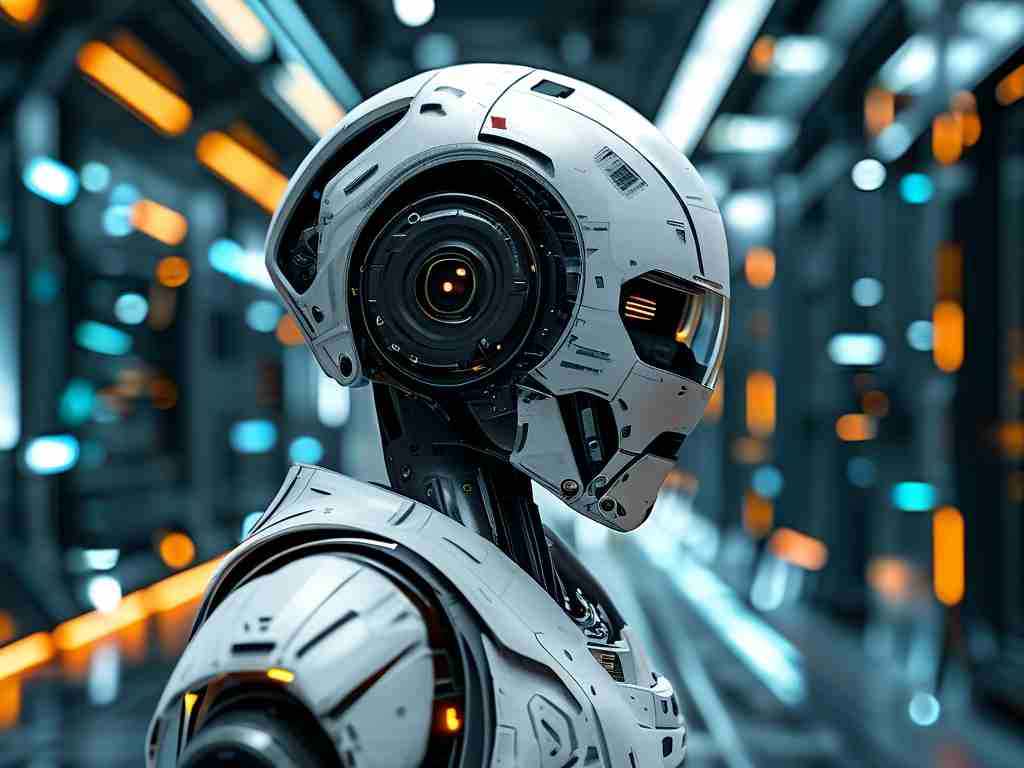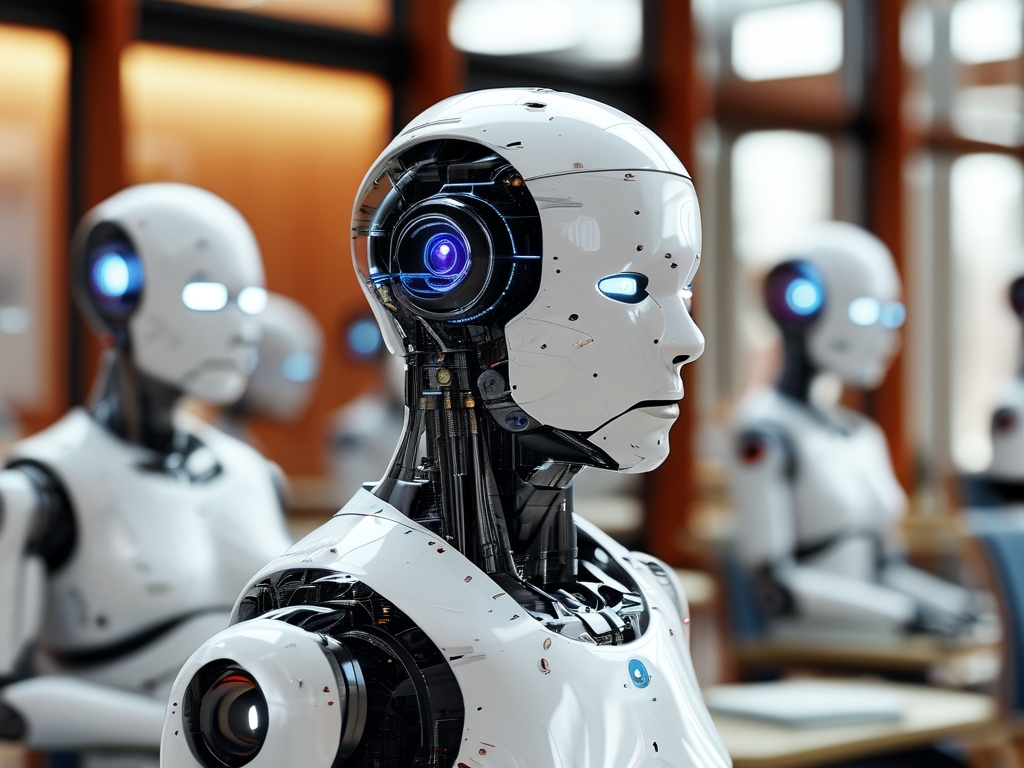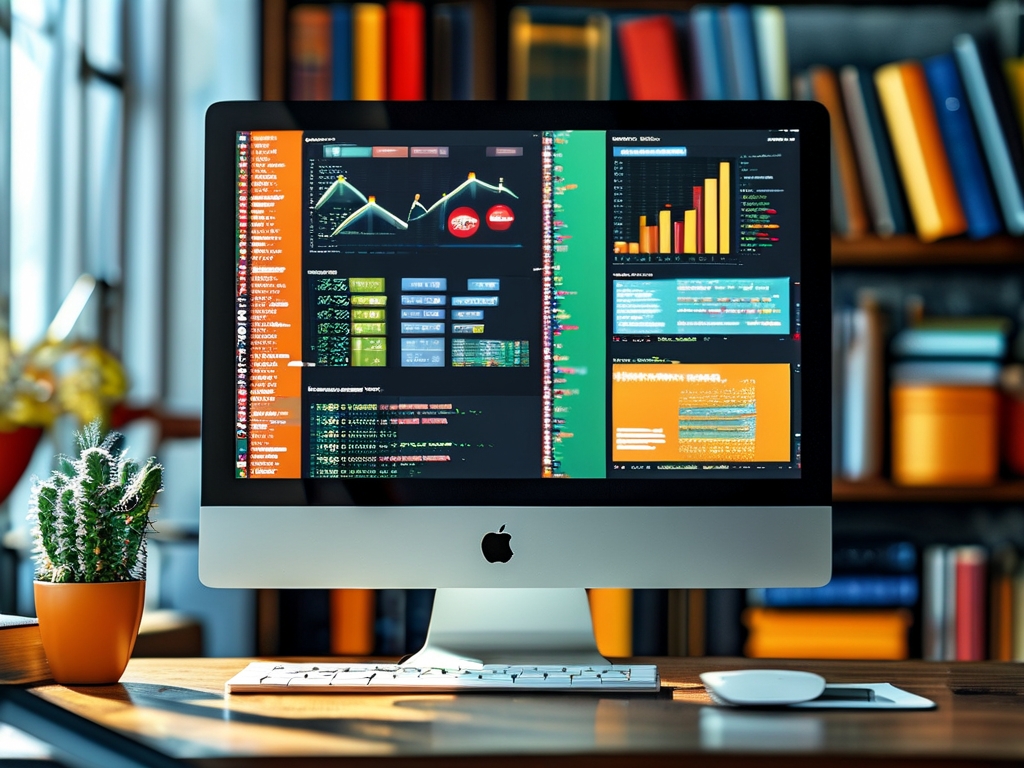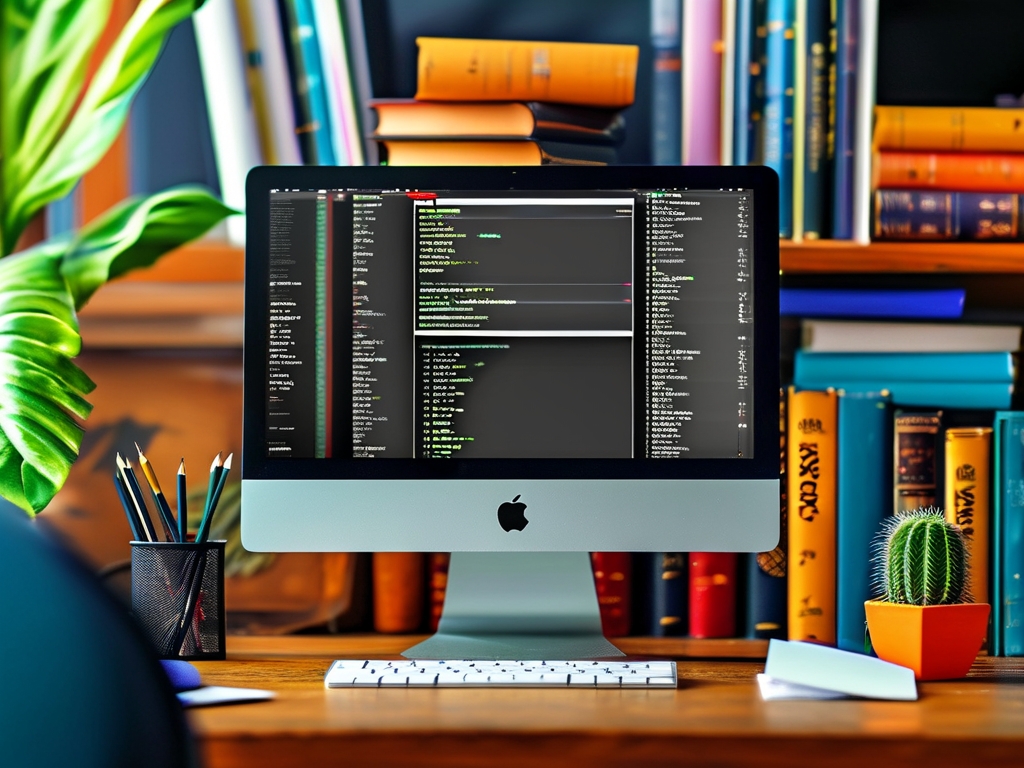In the rapidly evolving landscape of global technology, Huawei has long stood as a beacon of innovation, particularly in telecommunications and artificial intelligence. As a former Huawei algorithm engineer, my journey through this tech giant’s corridors offers a unique lens into the challenges, triumphs, and lessons that define cutting-edge algorithm development. This article explores the technical rigor, cultural ethos, and transformative experiences that shape professionals at Huawei—and how these foundations propel careers beyond the company’s walls.
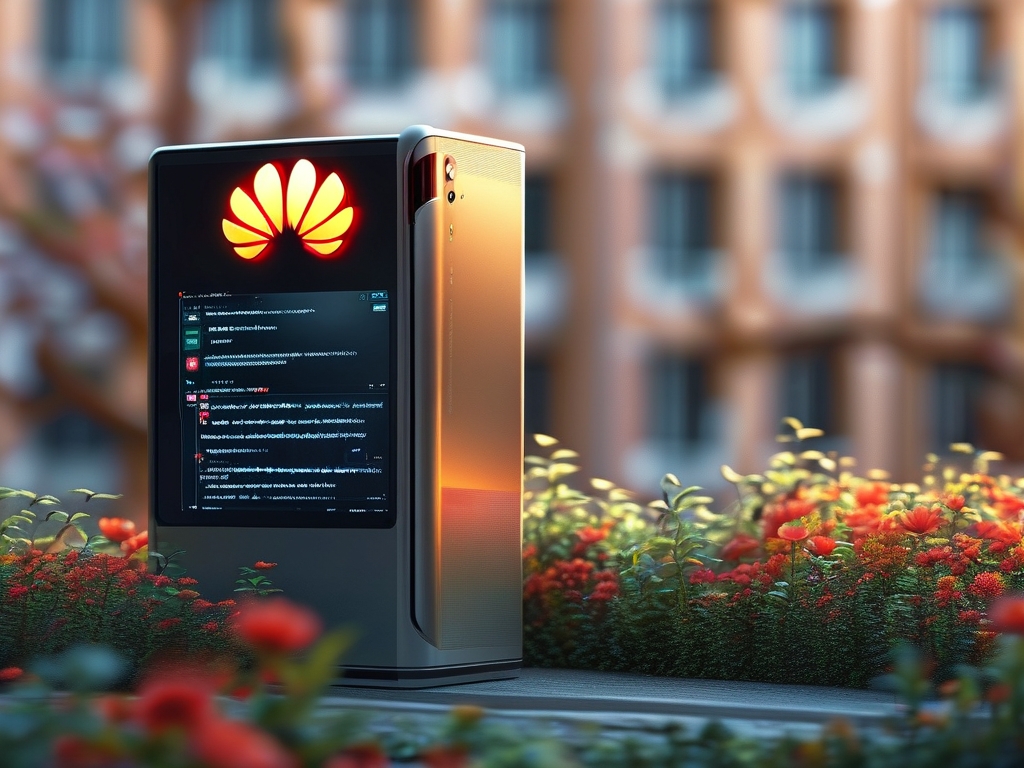
The Huawei Algorithm Ecosystem
Huawei’s algorithm teams operate at the intersection of mathematics, computer science, and real-world problem-solving. During my tenure, I contributed to projects ranging from 5G network optimization to machine learning models for smart devices. The company’s emphasis on "customer-centric innovation" meant algorithms weren’t just theoretical exercises—they had to deliver measurable improvements in latency, energy efficiency, or user experience. For instance, optimizing beamforming algorithms for 5G base stations required balancing computational complexity with signal accuracy, often under tight deadlines dictated by global product launches.
One standout project involved developing a federated learning framework for Huawei’s smartphones. This demanded not only expertise in distributed systems but also a deep understanding of privacy-preserving techniques—a critical concern in today’s data-sensitive markets. Collaborating with cross-functional teams in Shenzhen, Munich, and Bangalore, I learned how cultural diversity fuels creativity, yet also introduces challenges in aligning technical priorities.
The Huawei Work Ethic: Precision Under Pressure
Huawei’s reputation for relentless execution is well-earned. Engineers are expected to master both depth and breadth: deep expertise in one’s specialization (e.g., combinatorial optimization or neural architecture search) coupled with a working knowledge of adjacent domains like chip design or cloud infrastructure. The company’s internal training programs, such as its "Seeds for the Future" initiative, provide continuous upskilling, but the learning curve remains steep.
Deadlines were unforgiving, especially with Huawei’s ambitious rollout schedules. I recall a six-month sprint to refine a computer vision algorithm for augmented reality (AR) applications. The team worked in "war room" mode—12-hour days, iterative testing, and constant feedback loops with product managers. While grueling, this intensity forged resilience and a results-oriented mindset. However, it also highlighted the importance of work-life balance, a topic gaining traction in China’s tech industry.
Ethical Considerations in Algorithm Design
At Huawei, algorithmic accountability was not an afterthought. As Western governments scrutinized the company’s ties to China’s regulatory framework, our team faced heightened pressure to ensure transparency. For example, facial recognition algorithms developed for public security clients underwent rigorous bias audits, even when such measures weren’t mandated by local laws. This proactive approach stemmed from Huawei’s long-term vision to build global trust—a lesson that resonates deeply as AI ethics gain prominence worldwide.
Still, navigating geopolitical tensions added layers of complexity. Export controls and trade restrictions occasionally limited access to tools like TensorFlow or NVIDIA GPUs, pushing us to innovate with homegrown alternatives like MindSpore and Ascend processors. This "self-reliance" ethos, while challenging, ultimately strengthened Huawei’s (and China’s) position in the global tech race.
Life After Huawei: Leveraging Experience in New Frontiers
Transitioning from Huawei opened doors to diverse opportunities. Former colleagues have joined Silicon Valley startups, European research labs, and even policy-making bodies. My own path led to an AI-driven fintech firm, where Huawei’s emphasis on scalable, efficient algorithms proved invaluable. Skills honed in distributed systems and edge computing translated seamlessly to blockchain applications, demonstrating the universality of Huawei’s technical training.
Yet, the transition wasn’t without friction. Huawei’s closed-loop development environment—with its proprietary tools and tightly integrated workflows—differed sharply from the open-source ecosystems prevalent elsewhere. Adapting required unlearning certain habits while retaining core problem-solving instincts.
: Huawei’s Legacy in a Connected World
For algorithm engineers, Huawei is more than a employer—it’s a crucible that tests technical mettle and global vision. The company’s blend of discipline, innovation, and scale prepares professionals to tackle challenges across industries and borders. As Huawei navigates its own future amid geopolitical headwinds, its alumni carry forward a legacy of excellence, ethical rigor, and adaptability—qualities that will define the next era of technological progress.
Word count: 1,023


